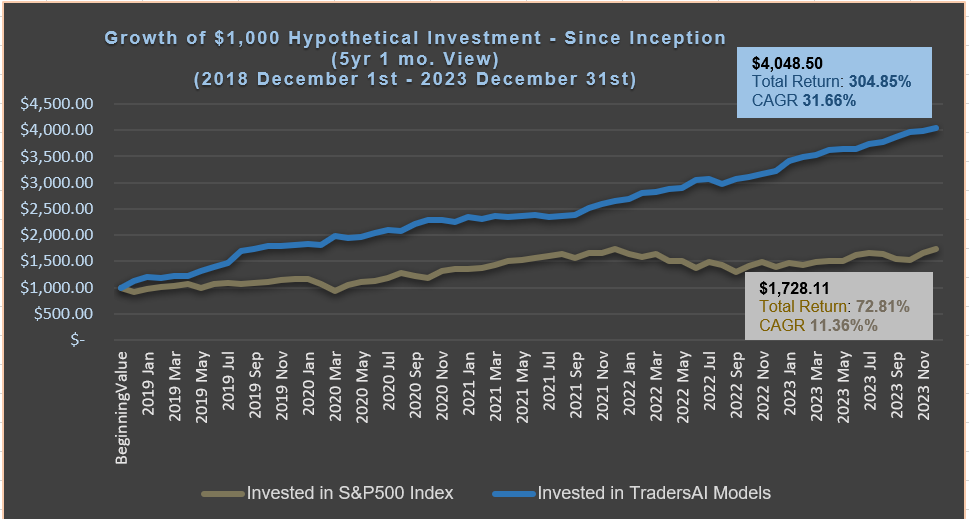
S&P 500 INDEX MODEL TRADING PLANS for WED. 7/3/24
The wait for a catalyst in the form of PCE did not materialize with the PCE coming in right on expectations. The Quarter-end window dressing could not prop up the index.
For the last few weeks, the positional bias published in our trading plans has been: “It takes a daily close below 5200 for the models to turn bearish”. The last PCE-driven whipsaw move saw the index briefly breach the 5200 level – printing 5191.68 as the session low – before staging a stunning reversal that took the index on a swift, V-shaped rally of about 80-points to close more than 85 points above from that low.
Since flipping to a bullish bias on the break of 5116, our models continue to be bullish. Models would carry this bullish bias while the index is above 5445 on a daily close basis. It takes a daily close below 5430 for the models to turn bearish. Between 5445 and 5430, models would be in an indeterminate mode.
Aggressive, Intraday Trading Plans:
To get these Trading Plans directly in your inbox when we publish them, please subscribe to our Substack at tradersai.substack.com.
For today, our aggressive intraday models indicate sitting on the sidelines – no trading plans for today.
By definition the intraday models do not hold any positions overnight – the models exit any open position at the close of the last bar (3:59pm bar or 4:00pm bar, depending on your platform’s bar timing convention).
To avoid getting whipsawed, use at least a 5-minute closing or a higher time frame (a 1-minute if you know what you are doing) – depending on your risk tolerance and trading style – to determine the signals.
NOTES – HOW TO INTERPRET/USE THESE TRADING PLANS:
(i) The trading levels identified are derived from our A.I. Powered Quant Models. Depending on the market conditions, these may or may not correspond to any specific indicator(s).
(ii) These trading plans may be used to trade in any instrument that tracks the S&P 500 Index (e.g., ETFs such as SPY, derivatives such as futures and options on futures, and SPX options), triggered by the price levels in the Index. The results of these indicated trades would vary widely depending on the timeframe you use (tick chart, 1 minute, or 5 minute, or 15 minute or 60 minute etc.), the quality of your broker’s execution, any slippages, your trading commissions and many other factors.
(iii) For the execution of our models trading plans, a “break above/below” is deemed to have occurred when the index closes above/below (if you are trading by bar close) a specified trading level.
(iv) For the trades to trigger, the breaks should occur during the regular session hours starting at 9:30am ET. By design, they carry only one open position at any given time.
(v) These are NOT trading recommendations for any individual(s) and may or may not be suitable to your own financial objectives and risk tolerance – USE these ONLY as educational tools to inform and educate your own trading decisions, at your own risk.




